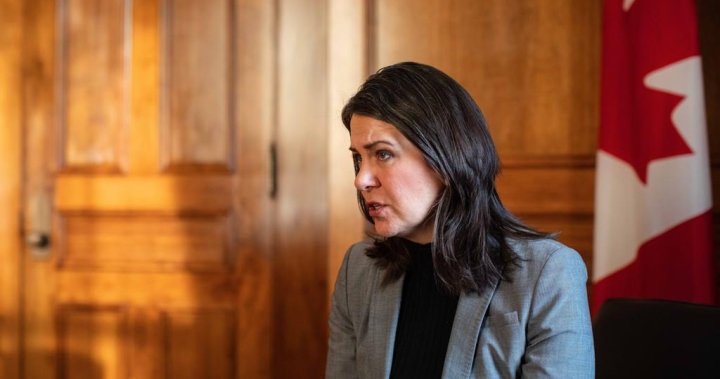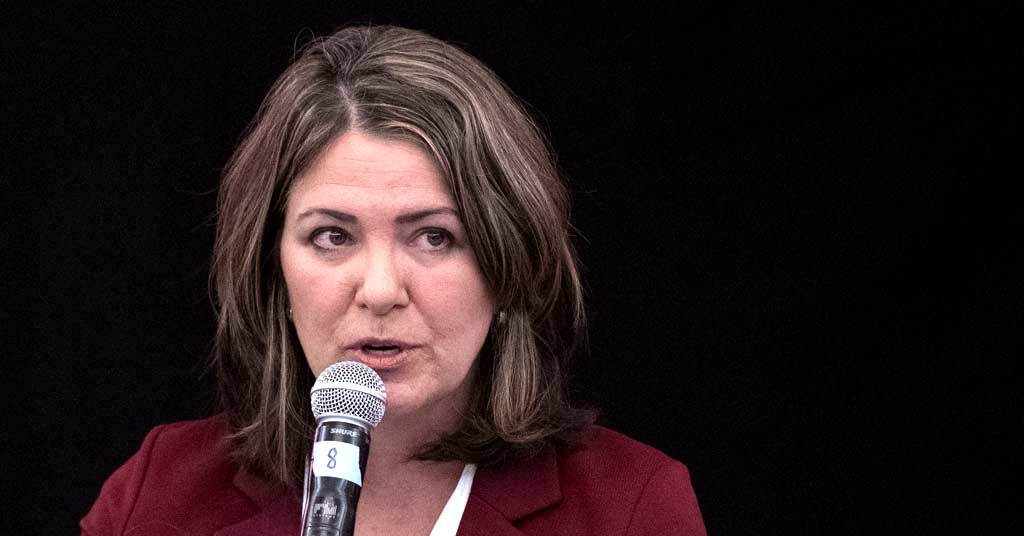If the NDP has evidence that individuals exceeded the $4,300 per donor cap, it is more than free to hand over the documents to Elections Alberta:
A leadership contestant is a person seeking to be the leader of a registered party. A leadership contest is the party’s process to select a new leader. Leadership contestants must register with Elections Alberta, maintain up-to-date registration information, and submit a financial return to...

www.elections.ab.ca
R-Star is stupid, but linking it to campaign contributions is baseless. Of course political communications is based on the principle that if you repeat a lie often enough, it becomes truth.
Rachel Notely used to be a labor lawyer. Is she beholden to public sector unions who are much more capable at mobilizing their membership to make small campaign donations and volunteer than oil companies would be at mobilizing their employees and shareholders?

